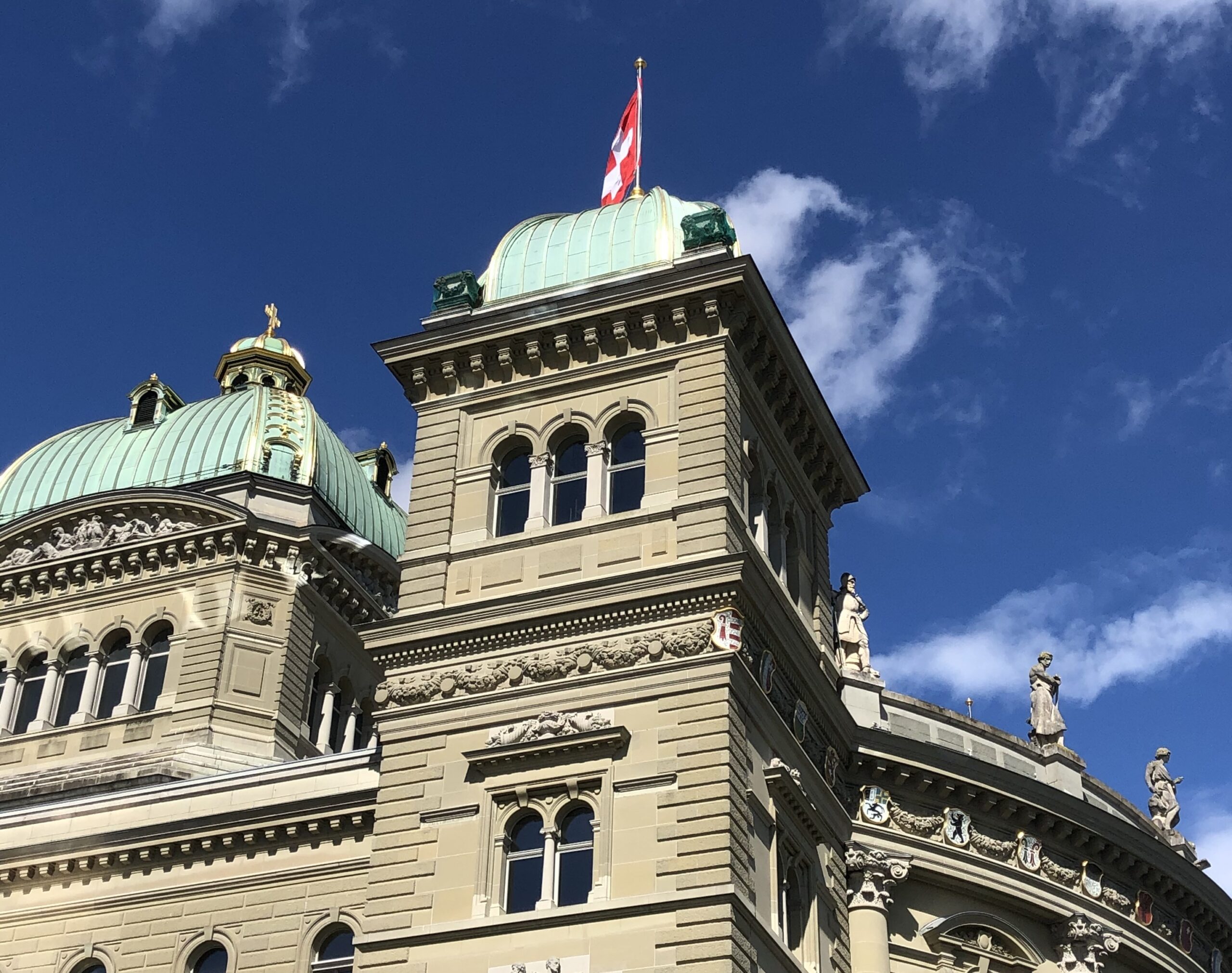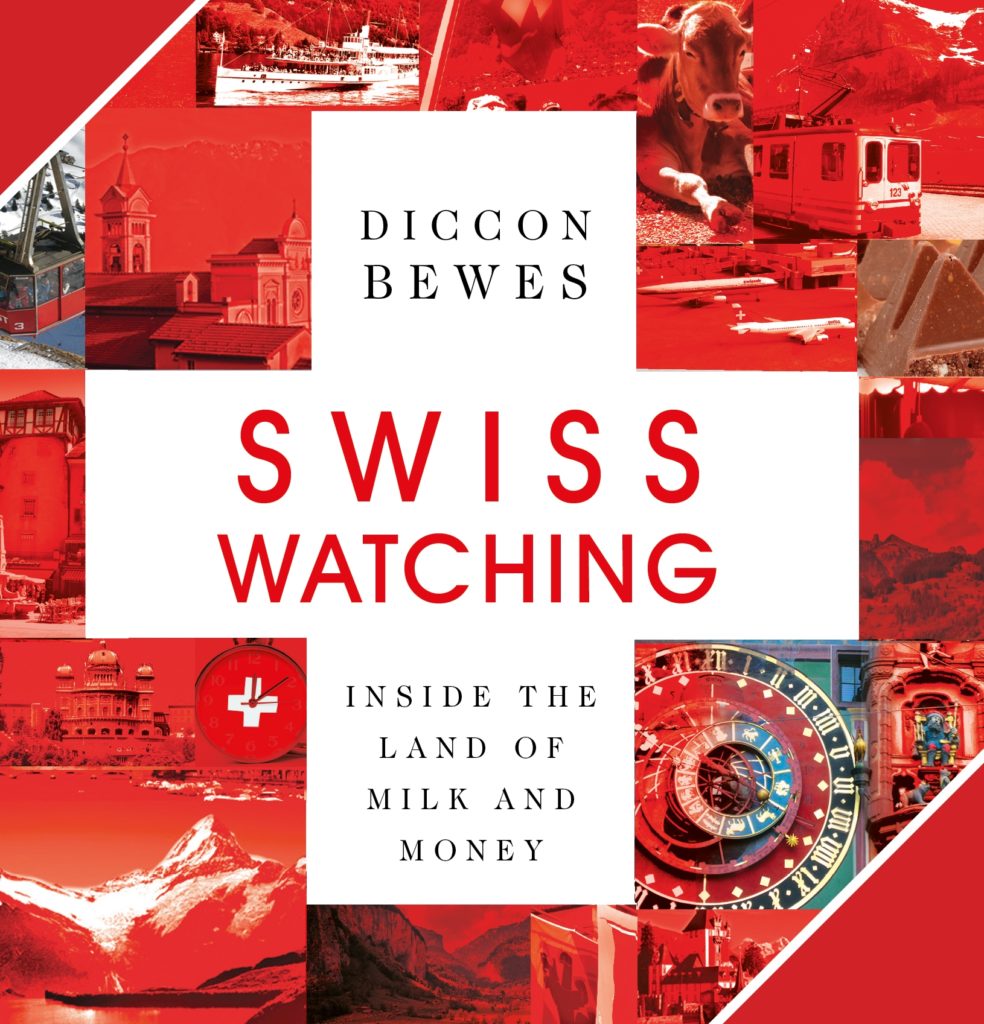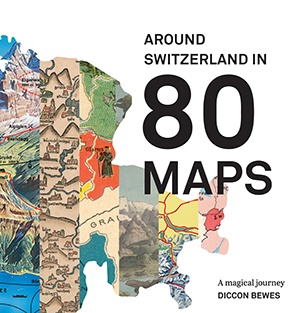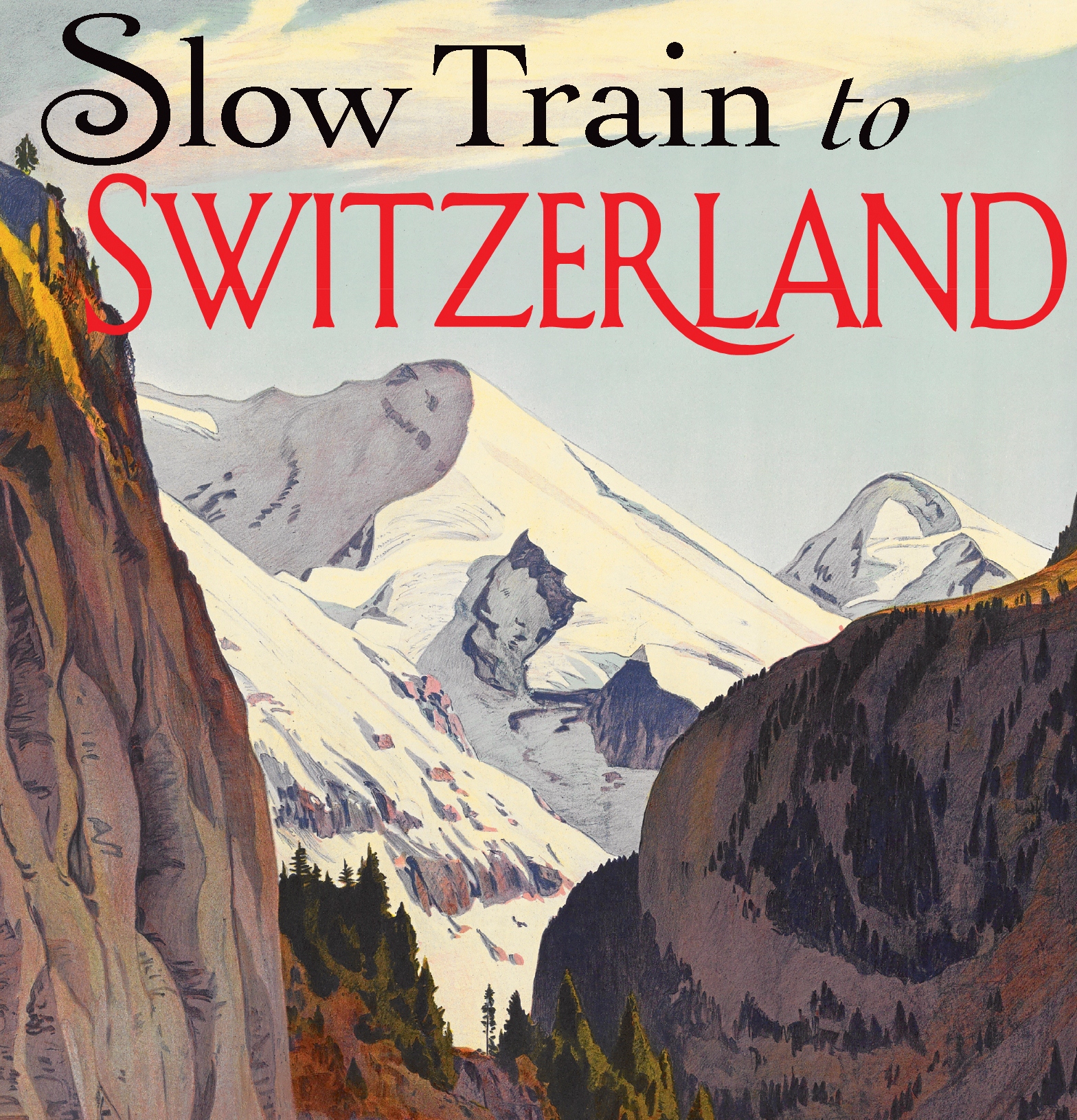Seeing Bern in colour
January 14, 2011, 7 Comments
Anyone working in Bern’s tourist sector might be forgiven for thinking ‘crisis? what crisis?’.
The latest figures show that in 2010 Bern had its second-best year ever for overnight stays – with 673,500 (meaning that only 2009 was better). I’m still not convinced by Swiss Tourism using overnight stays as a good measure of success: how many actual visitors does that mean? How long does each visitor stay? It’s all a bit much for my brain. Suffice to say, lots of people come and visit Bern. But I wonder how many of them notice the street signs? They are such a small detail in a city full of wonderful medieval architecture, but I love them.

The thing about street signs in Bern’s city centre is that they come in different colours: yellow, green, white or burgundy. Some streets and squares have signs on opposite sides in mismatched colours. Now, you might think that this is a Swiss attempt to be jaunty or one way of livening up the uniformly pale green sandstone walls. But you’d be wrong on both counts; the polychromic signs are a relic of Napoleon’s visit over 200 years ago. It’s the one time Switzerland was conquered, and Bern surrendered in March 1798. Cue occupation by hundreds of French soldiers, very few of whom could read. Colour-coding the signs meant that they could find the part of town where they were quartered without bothering too much about details like the actual street names.
Pretty street signs were a more succesful innovation than Boney’s other big idea: the Helvetic Republic. This unitary centralised state was supposed to revolutionise Switzerland’s government but it barely lasted five years. It was about as popular with the Swiss as losing to the Austrians on the ski slopes. But even though Napoleon’s republic didn’t survive, some of his ideas did, and not just the signs. He created six new cantons, and in doing so abolished the rag-tag mix of city-states, feudal territories and protectorates; he also created the concept of Swiss citizenship, rather than cantonal ones. And he gave every Swiss man the same rights – women of course had to wait quite a while longer (for example, not getting the vote at federal level until 1971!).
Napoleon may not exactly be remembered as a hero by the Swiss; he did conquer them after all. But every time I walk through Bern’s beautiful Old Town, I can’t help but think of the little Corsican and his legacy.












 Follow on Facebook
Follow on Facebook Follow on Twitter
Follow on Twitter Subscribe by RSS
Subscribe by RSS Contact me directly
Contact me directly Global Solutions Inc.
Global Solutions Inc.
7 Comments on "Seeing Bern in colour"
hi there Diccon. I hate to ask, but have you got a source for that? (The illiterate French soldiery thing, that is.) I seem to remember that, when I started to research my Rough Guide to Switzerland, I was given – or bought; can’t remember – some scholarly Swiss pamphlet on Bernese history which said that the street signs were different colours in order to illustrate the historical growth of the city westwards – Nydegg to the Münster is one colour, then the stretch to the Zytglogge is another, then to Käfigturm another, then to the ex-Christoffelturm another. That’s why the squares at the junction of each of these ‘quarters’ have different coloured signs on the ‘old’ side from the ‘new’ side.
Sounds plausible to me – perhaps more plausible than the Napoleon thing…
If I get a minute I’ll try & dig out my box file of “Interesting But Probably Useless Swiss Bumf I’ve Picked Up Over The Years’, to see if that pamphlet is still in there… 😉
Hi Matthew. No problem with you asking. After I arrived in Bern a few years ago, I went on the official guided tour of the city. The guide told me the story, and it was about the only bit of the tour I remembered. So when I was researching my book, I went back to the tourist information in the main station (who organise the tours) and asked them about it. The man there confirmed it, so I believed him. Now perhaps I shouldn’t believe everything the tourist board tells me, but this is Switzerland so I did!
Anyway, I might now investigate it further; but whatever the real facts, I still like the Napoleon story. It seems so very un-Swiss.
http://www.g26.ch/berninfo_strassen.html !!!
Thanks for the link Sarah. Looks like the tourist board was right about Napoleon! They tried with house-numbers first then moved to colours.
“Als am 5.März 1798, nach dem Sieg über die Berner am Grauholz, 20000 französische Soldaten in Bern einmarschierten, hatten sie ein Problem: Sie fanden in den Altstadtgassen die Häuser nicht, in denen sie Quartier beziehen sollten… Schauenburg unterteilte die Stadt auf Grund einer Feuerwehrordnung in Quartiere, denen er Farben zuordnete… Noch heute tragen die Strassenschilder in der Altstadt diese Farben.”
Rough translation “When on 5 March 1798, after the victory over the Bernese at Grauholz, 2000 French soldiers marched into Bern, they had a problem: they couldn’t find the houses in the old town streets where they were supposed to be quartered… Using a fire brigade system, Schauenburg divided the town into neighbourhoods, which he designated by colour… Today the street signs in the Old Town still use these colours.”
Trackbacks for this post